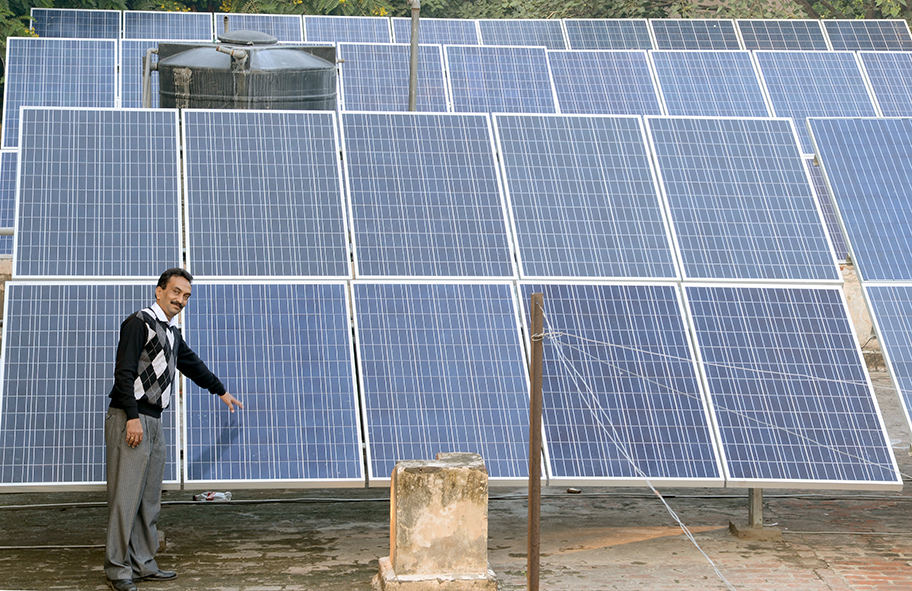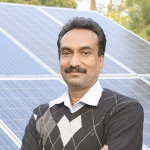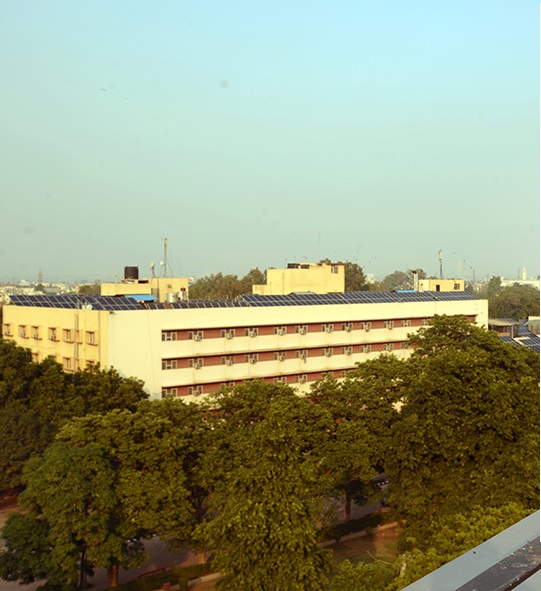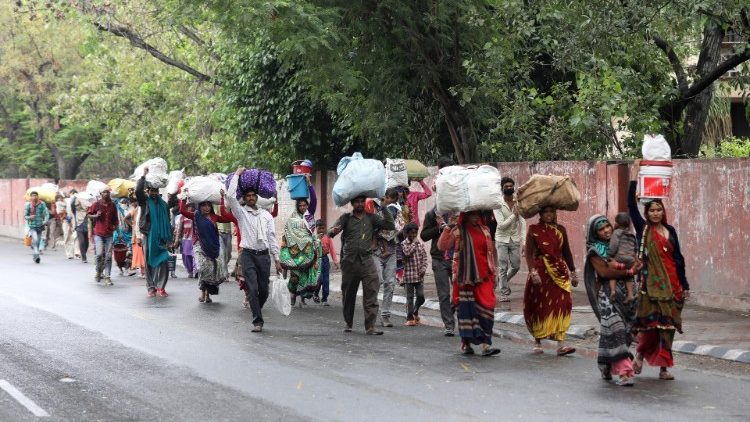Solar Power Plant to reduce a hospitals Electricity Bill
In a first of it’s kind, a missionary hospital in Delhi will generate 30% of the electricity with solar energy, saving Rs 3-5 lakh on monthly energy bill. The effort of the hospital management and staff has been appreciated by the Green peace. Mr.Sunny George , of the hospital, shares with lifestyletodaynews the story of the installation of solar power plant and how other institutions can follow the example for a Cleaner, Greener and Sustainable Environment:
Why did the institution decide for an alternative source of energy?
The rising cost of energy was a big concern to a charitable organization like Holy Family Hospital. It’s been great to see a lot of technological makeover, in recent times which has cut down the cost of manufacturing of the solar panels. Thus making it more acceptable as an alternative and cost efficient means of generating power. To know more about the boon solar power read this post.
The foremost advantage of solar energy is that we can generate electricity with no emission of green houses gases. It is produced by conducting the sun’s radiation without any smoke, gas or any chemical by- product. Another added advantage is that beyond initial installation, maintenance and solar energy is low. Life expectancy of panel are 25-30 years. Due to the above, solar power is getting more and more acceptable as an alternative and cost efficient means of generating power.
How is solar power generated?
We have installed a 300 KW rooftop solar panels in our hospital roof. Electricity is directly fed into our Electrical panels in synchrozation with the grid power supplied by BSES. Our average daytime consumption is 8000 units and in peak summer it touches 10000 units. We are expecting generation of 1800 to 2000 units per day thru these panels.This is the first solar installation in a hospital in Delhi in a PPA model. On our second phase we would like to cover 50% of the total electrical load.
If excess power is generated how will it be utilized?
BSES is coming up with Net Metering. In this, we are allowed to export the power, back to the grid and it get adjusted in the future electricity bills. Even in our future expansion in solar power,the excess or the unused power in our lean period,won’t get wasted or needed to be stored in the batteries.Avoiding the batteries for the storage in the solar PV system,it cut down the cost by 30% and help us from the harmful effects of the batteries.Batteries are made of variety of chemicals to power their reaction,which are are extremely toxic in nature and can cause damage to human and environment.
Is solar power energy a viable option for all institutions?
Solar power energy has a high capital cost,so it is not within the capacity of most. The Hospital, instead of spending on the solar power had a agreement with a German company to provide solar energy in PPA model(Power purchase agreement), for 20 years. The company has provided with the funds and their expertise in the solar power plant.

Finally, some of the readers would like to know the technical aspect, how does solar panel work?
Solar panels used are of polycrystalline modules.Silicon wafers with impurities are made to form the semi-conductor which convert the sunlight into electrical current. The array of solar modules connected electrically form the panel. To make the proper use of the terrace space , solar panels of 300 watts was used instead of 250 watt,which is more prevalent in the market.
In the grid connected solar power system,energy generated from the sunlight through the panels are fed into the solar inverters, which in turn converts the DC into AC, similar to the grid supply with three phase,415 volt and 50Hz. This is then, fed directly into the main LT panels,which consume the power drawn from the solar inverter and the left-over electricity from the grid.
[plain]About Sunny George
 Sunny is the Engineering Head, of the Mission Hospital. Connect with him on google+ [/plain]
Sunny is the Engineering Head, of the Mission Hospital. Connect with him on google+ [/plain]





61 comments